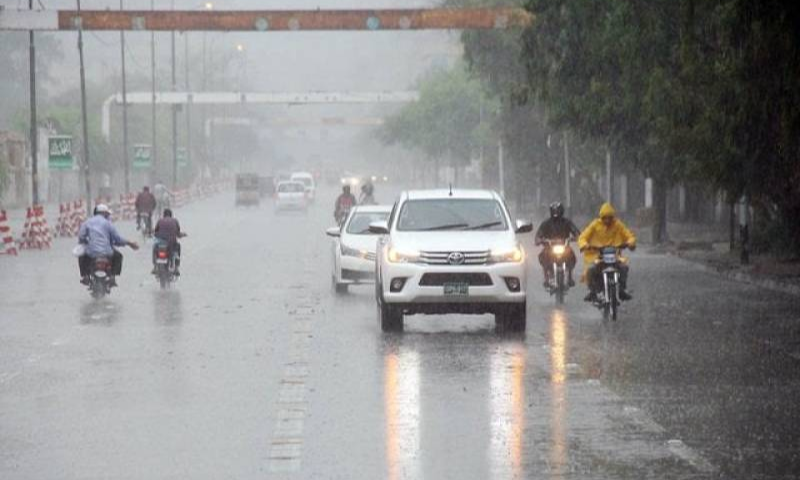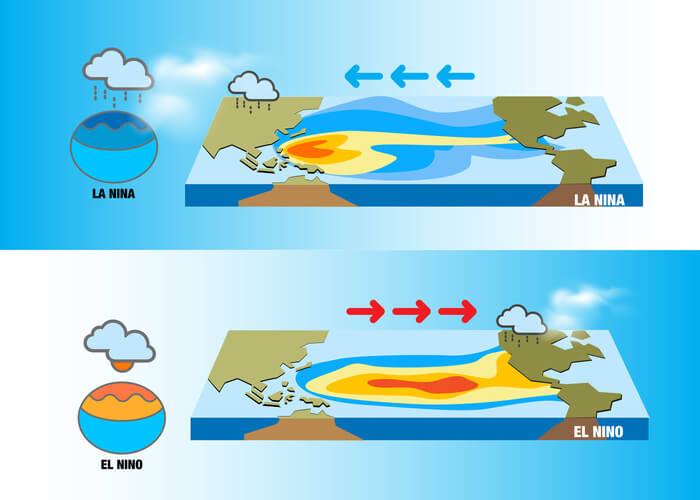Rising air pollution is affecting the lives of millions of people in South Asia. It is forcing schools to close, sporting events and activities to be affected and governments urging citizens to stay at home as much as possible to prevent health problems.
According to various assessments, currently, the four countries most affected by air pollution in the world are located in South Asia. Pakistan is also included in them
Regarding the causes of air pollution, Ahmad Rafi Alam, a lawyer associated with the environment, says that to determine the causes of air pollution, there is a need for an assessment, which shows where the pollution is coming from. According to my information, no such study has been done so far for the whole of Pakistan.
Ahmad Rafi said, “There have been studies regarding Punjab, according to which the major causes of air pollution are vehicles, which use substandard petrol, use of fuels like oil and coal for energy production, which are renewable. No. And the industry sector is included.”
Referring to these studies, Rafi Alam added, “About 45 percent of air pollution in Punjab is caused by transport, 20 percent of pollution is caused by fuel used for power generation, and almost the same proportion is caused by industrial pollution.” and about 10% of the pollution is caused by crop burning” In the context of these assessments, they consider the same factors as the major causes of air pollution across Pakistan.
Environmentalist Fatima Yameen also cites transport and industry as major causes of pollution in Pakistan. They say that apart from these, fuel used for agriculture and cooking also causes pollution, but not to the extent of transport and industry.
Crops or crop residues/straw burning are among the sources of air pollution, which is mainly confined to South Asia and leads to smog. In this regard, Ahmad Rafi says that crops are burned in Pakistan even in summer, but the pollution caused by it is more visible in winter.
He said that crop burning is actually a method of preparing the land for new crops which has been practiced by the farmers of this region for decades. According to him, farmers do not have much resources and this method is cheaper for them.
Ahmad Rafi says, “In summer, hot air rises in the atmosphere, so the pollution is also removed from the surface of the earth. Also, rain in summer also removes the effect of air pollution, but in winter it doesn’t and the pollution stays relatively close to the ground, so we see more.”
This problem of smog in Pakistan’s neighboring country India also gets worse in winter. In the Indian capital, New Delhi, 38 percent of the pollution this year came from the burning of rice straw in the nearby states of Punjab and Haryana.
Ahmad Rafi says, “Among the steps required to reduce air pollution is banning smog-causing crop burning.” An alternative to this process is the use of happy seeder machines, but these are expensive. The government should subsidize them and make them usable by farmers.”
Regarding smog, Fatima Yameen says that the transport sector in the Punjab province of Pakistan causes 83% of smog and in this regard, there is a need to work on a policy to increase public transport access and reduce fuel consumption.
To combat the problem of air pollution, many South Asian countries have embarked on projects to improve air quality, installing monitors to check the amount of pollutants in the air and using fuels that Emission of harmful gases is reduced. But these measures are few compared to the seriousness of the problem, so they have not yielded any substantial results so far
Experts believe that one of the reasons for this failure is the lack of coordination among countries in the region in their efforts to control pollution. It has been observed in many studies that dust particles are not confined to the country where their sources are located, but they travel hundreds of kilometers across borders and cause pollution in other countries as well. Bangladesh, for example, where 30 percent of pollution is caused by elements in neighboring India
Similarly, according to Fatima Yameen, a major cause of pollution in Pakistan is ‘residual pollution’ from countries like India and China.
In this regard, Fatima Yameen says, “Even if Pakistan reduces the emission of harmful gases and introduces reforms in the industry and transport sectors, even then the ‘residual pollution’ of neighboring countries is like smog in many areas of Pakistan. will continue to cause effects
He added, “Countries like India, China and Russia in the region have to reduce the use of fossil fuels. In these countries in Asia, the emission of harmful gases due to the use of fossil fuels is high and in such a situation, Pakistan or any other country cannot deal with the problem of air pollution alone.
Fatma Yameen says, “Noxious gases and pollution caused by the use of fossil fuels know no borders and now is the time to make efforts at the regional level to reduce pollution.”
What is the solution to the problem?
According to experts, there is a need for South Asian countries to coordinate their efforts in this regard to control the problem of air pollution in the region and to cooperate on policies designed to monitor and reduce pollution. increase At the same time, attention needs to be paid to adapting these broad efforts to local conditions where necessary
Apart from this, hitherto neglected sectors such as agriculture and waste management also need to be addressed.
An important question in this regard is whether electric buses can reduce air pollution in Pakistan. Fatima Yameen believes that in order to reduce air pollution in Pakistan in particular, there is a need for change in the transport and industry sectors. “Citizens’ access to public transport in Pakistan must be increased and restrictions on the import, purchase and use of vehicles by the government and elites must be imposed,” she says





